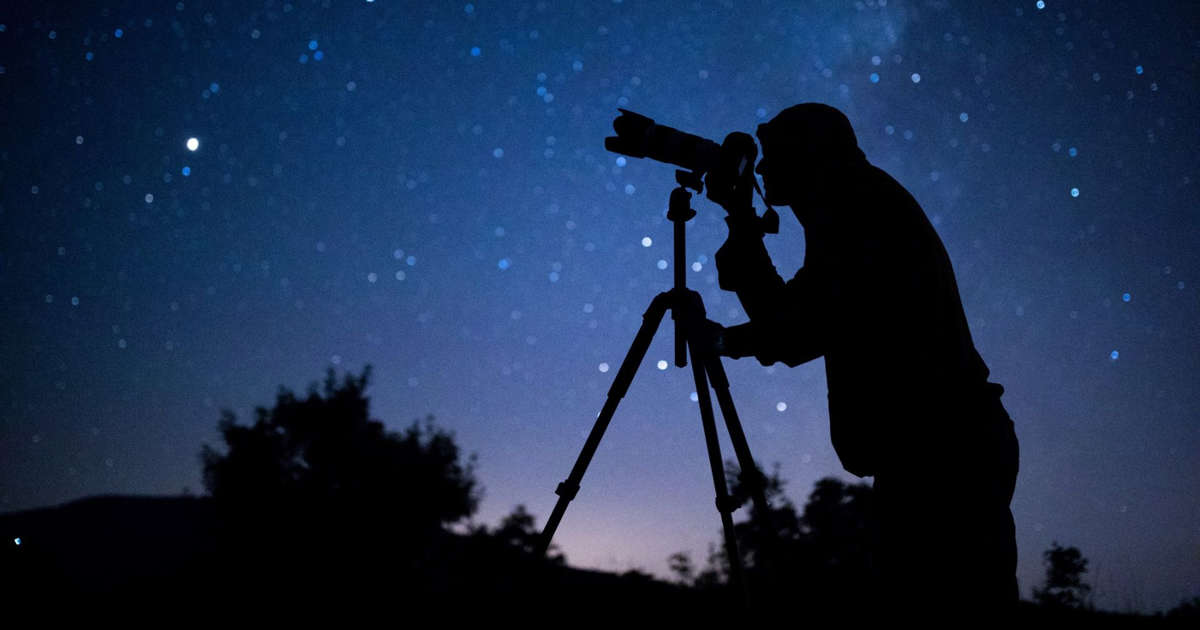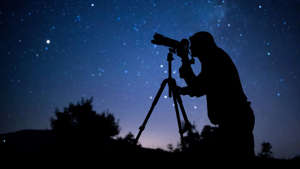[ad_1]
© bojanstory via Getty Images
Space.com’s astrophoto of the month celebrates some of the best space photos submitted by our readers.
Each month Space.com chooses an “astrophoto of the month” to celebrate and acknowledge the stunning images captured by our readers.
For your chance to be considered, please send your send your photo(s), comments, and your name and location to [email protected]. From the full moon to deep-space targets, the Starlink satellite train to planetary conjunctions, we want to see it all!
If you’re inspired by these photos and are thinking about purchasing some new kit, our guides to the best telescopes and best binoculars are a great place to start.
Our best cameras for astrophotography and best lenses for astrophotography, as well as our Astrophotography for beginners guides, will also help you choose the right gear to capture your next stunning space photo.
Related: What you can see in the night sky tonight (maps)
For any successful astrophotography venture, preparation is key. It’s important to understand what you can see in the night sky and when. Here are some helpful guides designed to help you get the most out of your skywatching experience.
Skywatching guides
Astrophotography guides
Astrophoto of the month
June 2023
Our astrophoto of the month is this stunning image of the new supernova SN 2023ixf in the Pinwheel Galaxy, also known as Messier 101 (M101), captured by astrophotographer R. Mark Lilienthal from Constance Bay, Ontario, Canada.
SN 2023ixf has been making headlines since it first burst into view on May 19, 2023, when supernova hunter Koichi Itagaki from Yamagata, Japan spotted a new bright spot in the Pinwheel Galaxy. The supernova was confirmed the following day by the Zwicky Transient Facility (ZTF) in California.
Lilienthal started astrophotography almost two years ago and in that time has upgraded his equipment and learned stacking and processing, using AstroPixelProcessor as the main workhorse.
“This past Christmas, I acquired a previously enjoyed Sky-Watcher Equinox 80ED Pro refractor but took another couple of months to buy the iOptron CEM26 mount,” Lilienthal told Space.com in an email.
It took several attempts to get the perfect setup that produced the stunning image of the M101 supernova.
“Frustration with finding an elegant solution to drive all of this led me finally to acquire a previously enjoyed ZWO ASI533mc Pro camera, after which I went the last mile and bought a ZWO ASIAir to drive everything (and a ZWO ASI120mm guide camera). Of course, through most of this time, our weather here had been less than ideal for astrophotography!”
Lilienthal’s “first light” image with this new setup was of M101 on May 14.
“Everything worked well…although I did only get about 45 minutes worth of subs. I was still quite proud — round, sharp stars and good detail in the galaxy’s arms,” Lilienthal wrote.
But as everyone who dabbles in astrophotography knows, things aren’t always straightforward.
“With 22 May promising to be the next clear night, I was looking forward to getting another hour’s worth or more of subs to add to the previous,” Lilienthal wrote.
“I even resolved the meridian cross which had stopped me on the 14th. Of course, that wasn’t to be. By May 22, SN2023ixf was shining in all its glory, the result of which I’ve shared.”
“Suffice it to say that I was extremely pleased with the result.”
Do you have a space photo you’d like to share with us? Email photo(s), comments, and your name and location to [email protected].
[ad_2]

